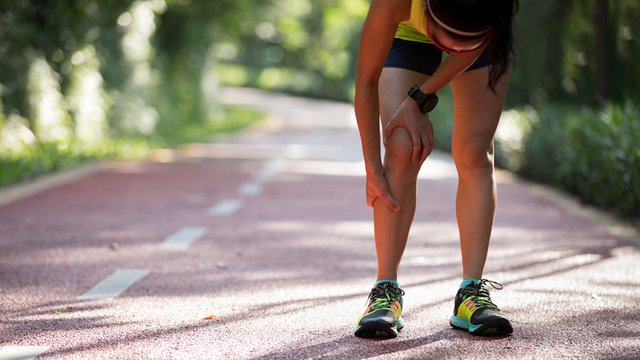
An injury can seriously affect the performance of athletes, whether amateur or professional. As a result, more and more people are looking for ways to prevent these injuries or to heal them once they have occurred.
In recent years, the demand for qualified sports reconditioning professionals and physios has increased dramatically. If you are interested in working in this sector, you can acquire all the necessary skills with our Master in Sports Physiotherapy.
For now, let's focus on the different sports injuries that exist and how we can prevent them.
Many injuries occur while taking part in sport or physical exercise. More specifically, they can be caused by poor posture, a fall or an accident. Sometimes, this happens simply because we do not know the right habits for practising a sport.
Injuries can be classified according to the location of the damage:
Although some injuries are more common in certain sports, no sport is free of risk. It is therefore important to take preventive measures and seek treatment if they occur.
Injuries caused by accidents are more unpredictable and difficult to control. However, reinforcing and ensuring good sports practice is one of the best tools for preventing sports injuries.
Here are some guidelines to follow if you want to reduce the risk of suffering them:
In addition, it is important to understand that each sport has its own risks and requirements. Therefore, it is essential to have the advice of an expert who can provide us with personalised guidelines and monitor our training. Programmes such as the Physiotherapy degree or the online Physiotherapy course at Universidad Europea prepare you for this role (on our website you will find more information about different master's degrees in Sport).
Reducing the risk of injury to zero is highly improbable, so we must be able to know how to act if it happens. Here are the steps you can take to help you recover:
As you can see, while doing physical exercise is essential for our health, we must make sure we do it correctly. Injury prevention and rehabilitation is therefore a great tool to improve our physical conditioning.